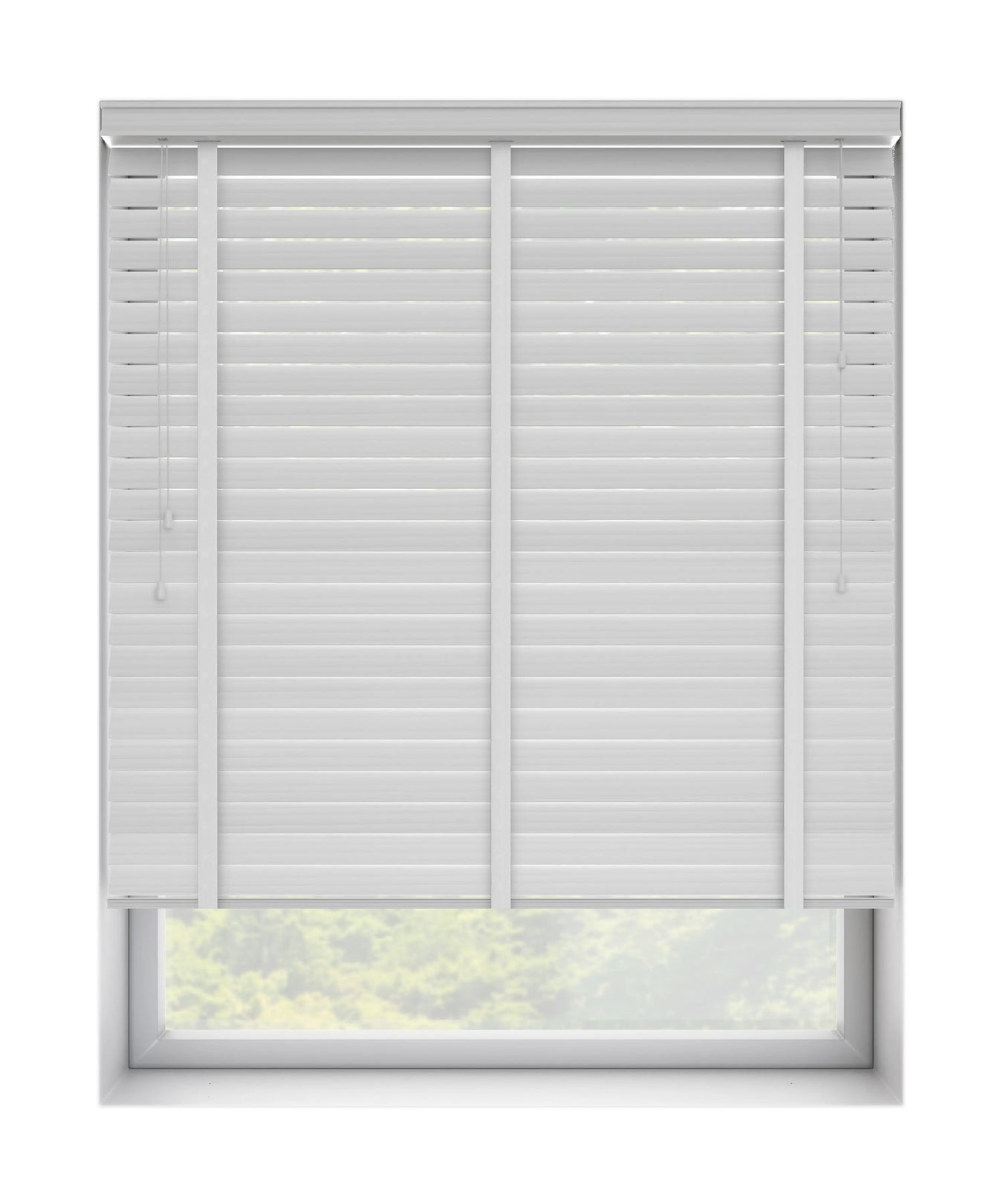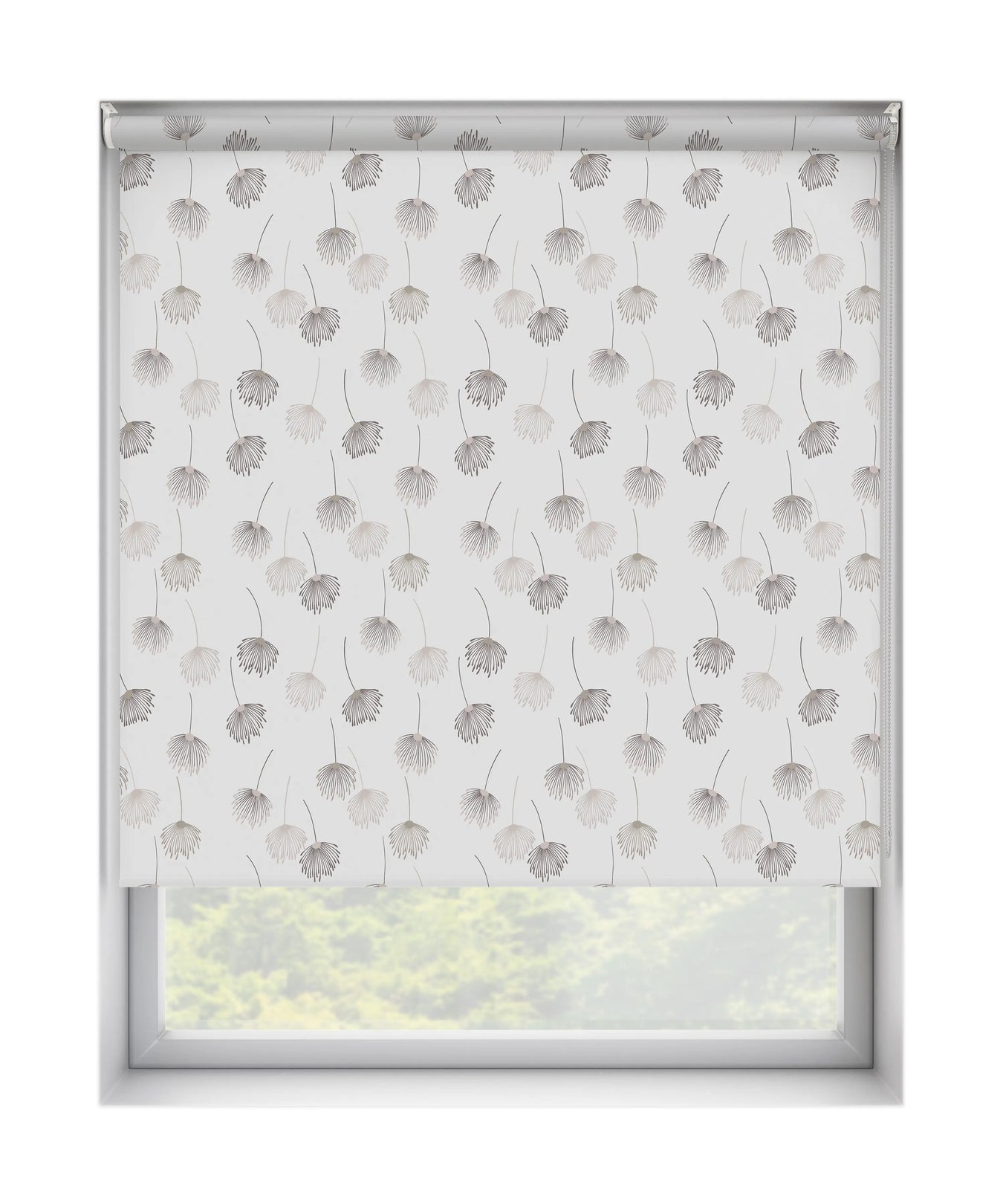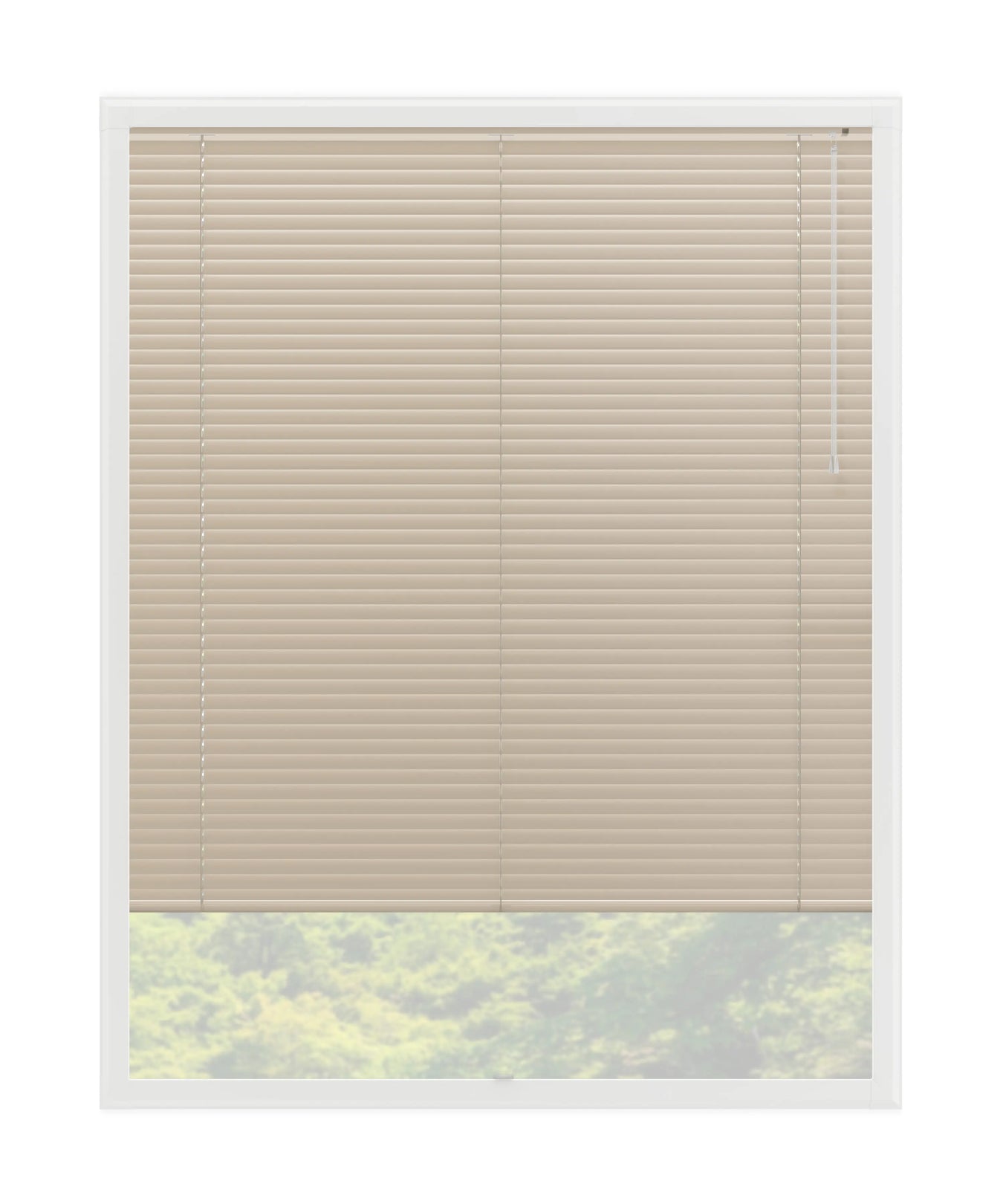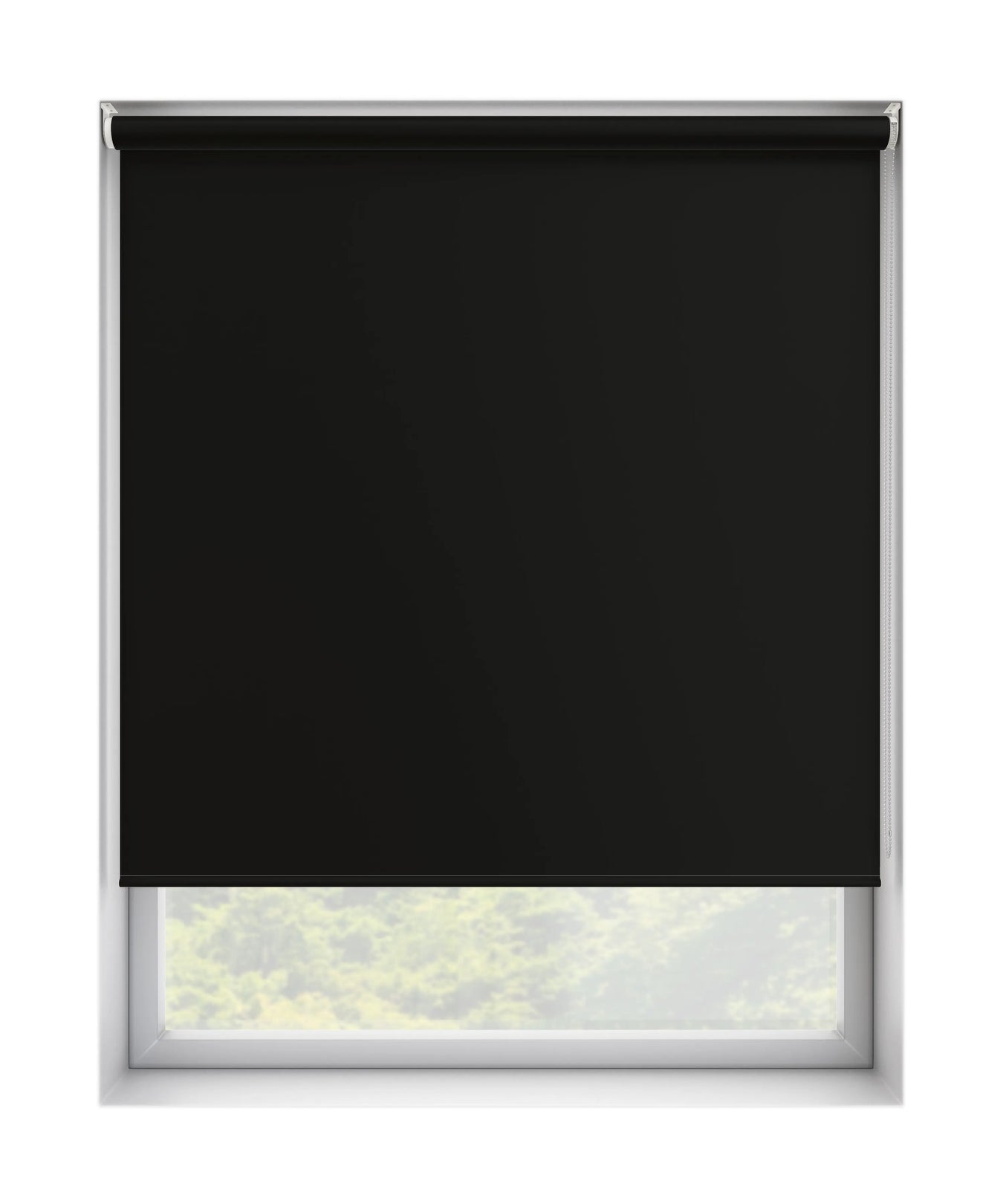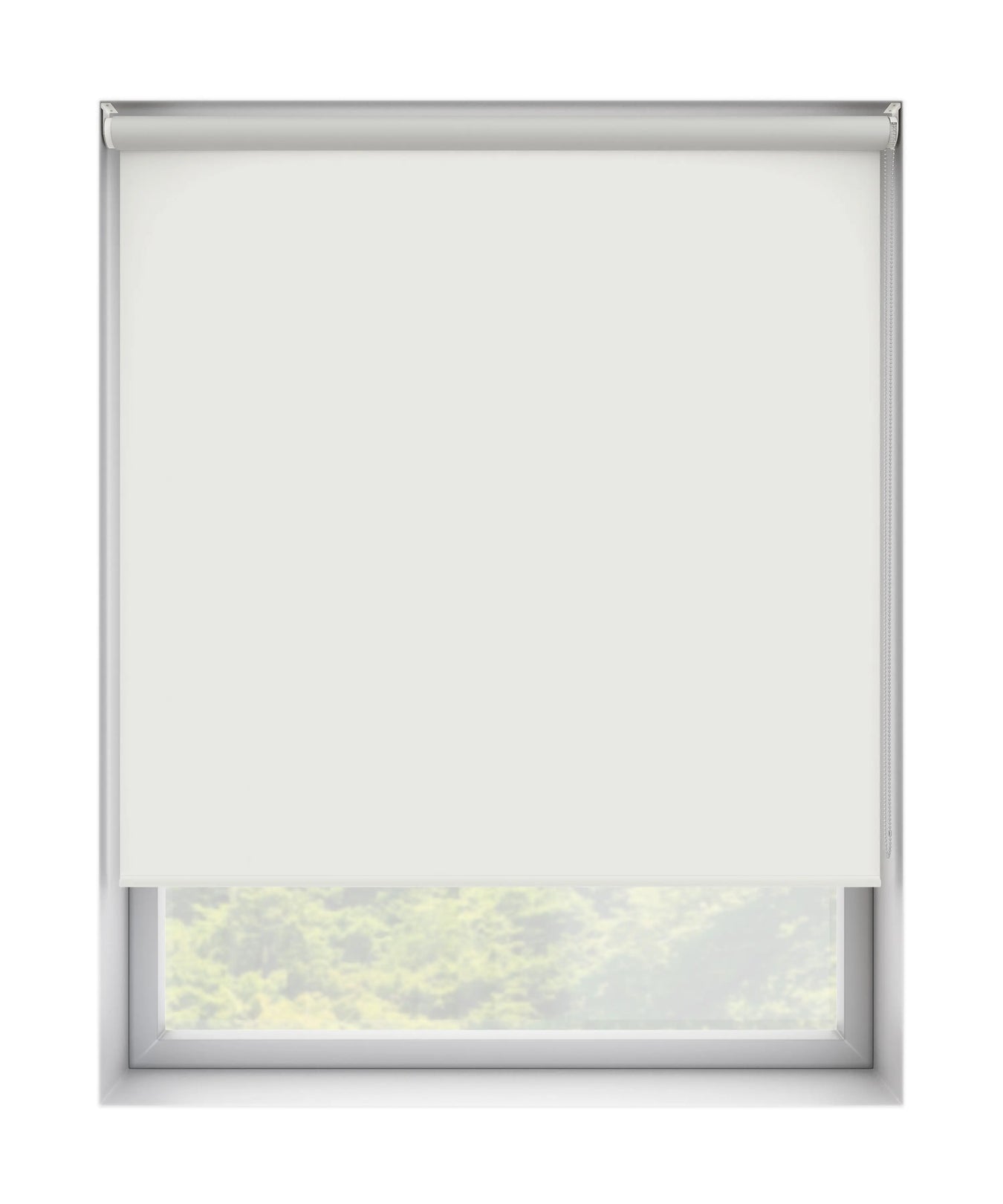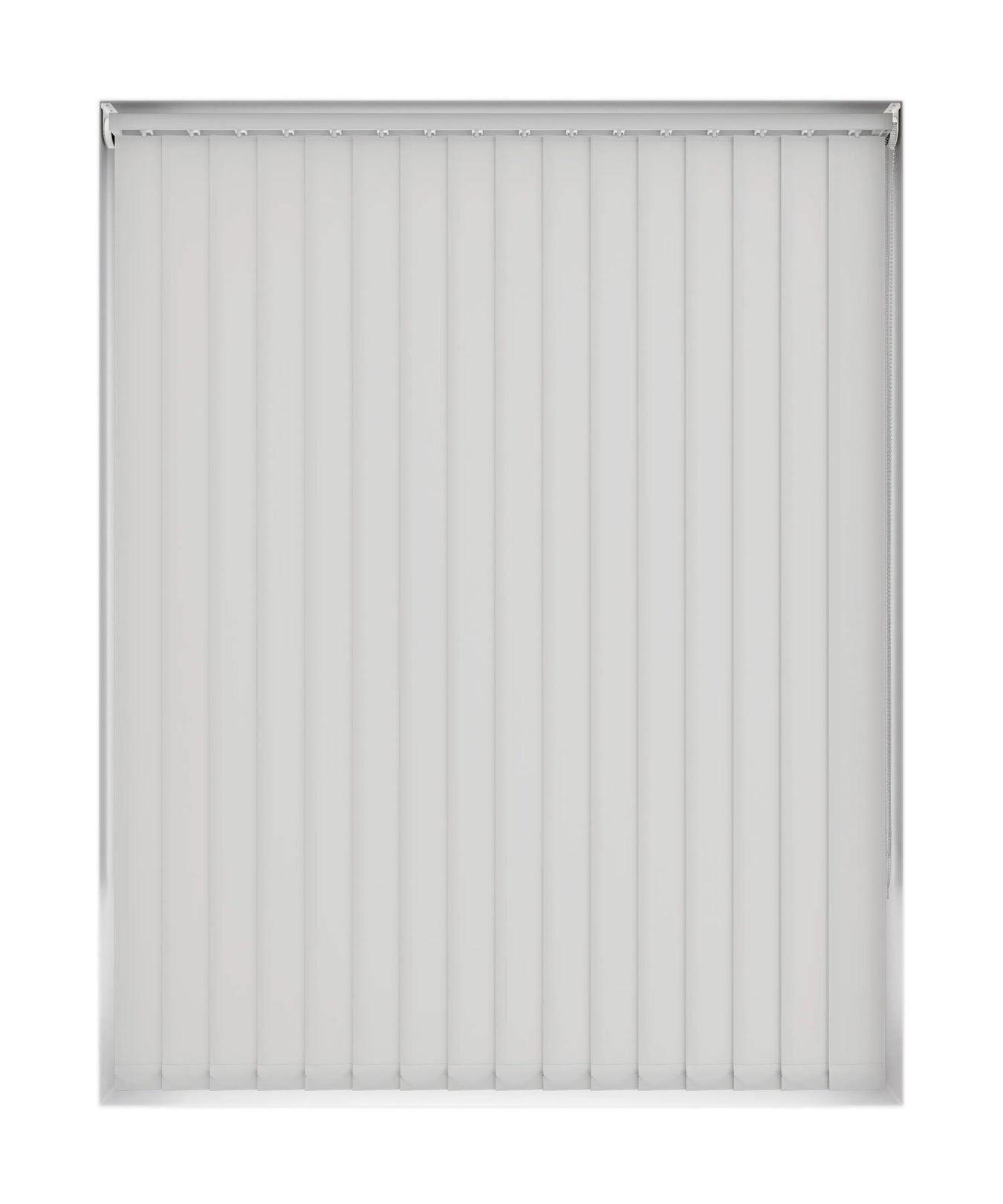
How Much Do Wooden Blinds Cost & Are They Worth It
Wooden blinds are a timeless style that can add a classic look to any window. Wooden blinds offer a natural look and come in a range of styles, light and modern colours to match any windows and décor. Wooden blinds...

